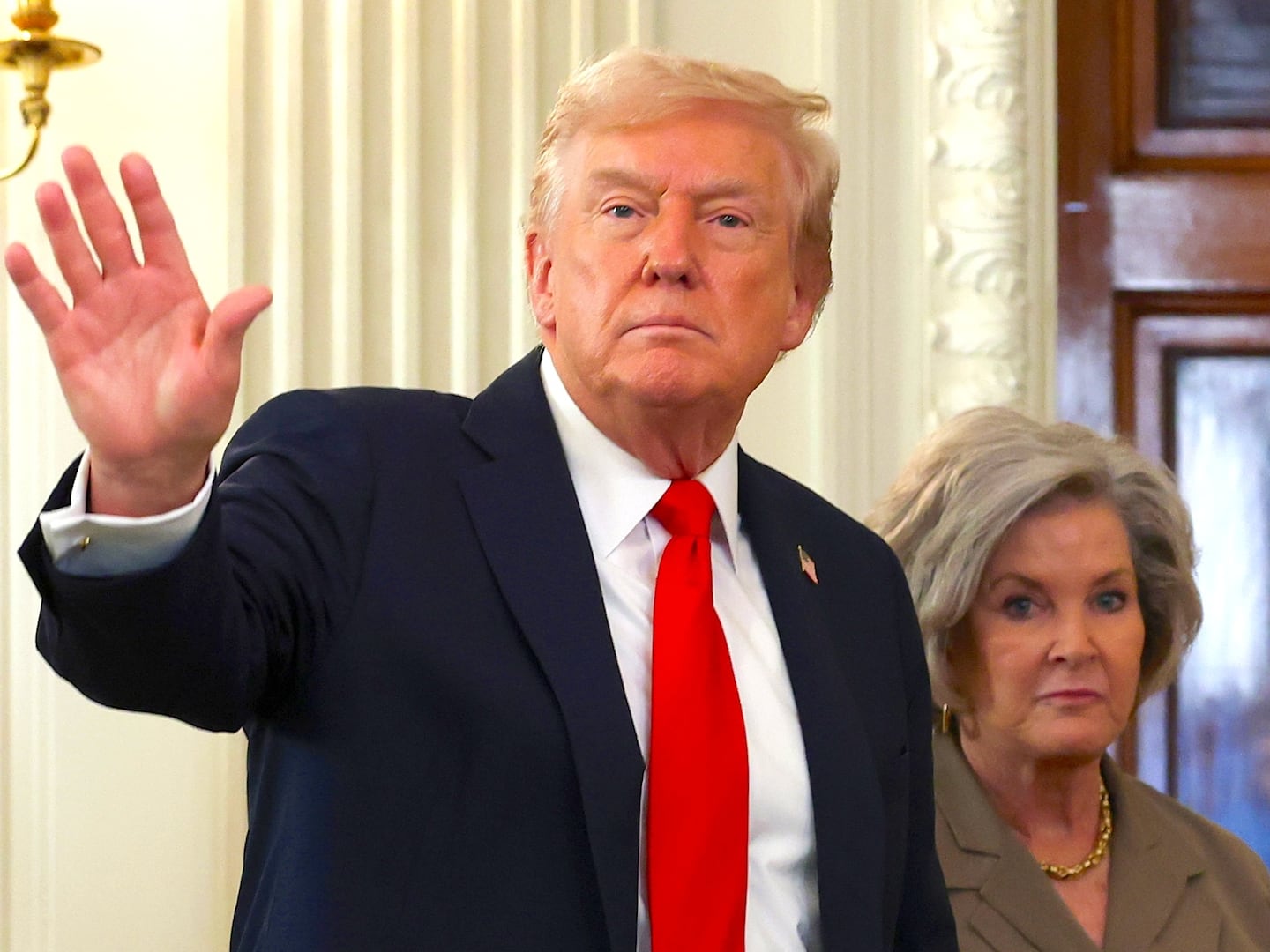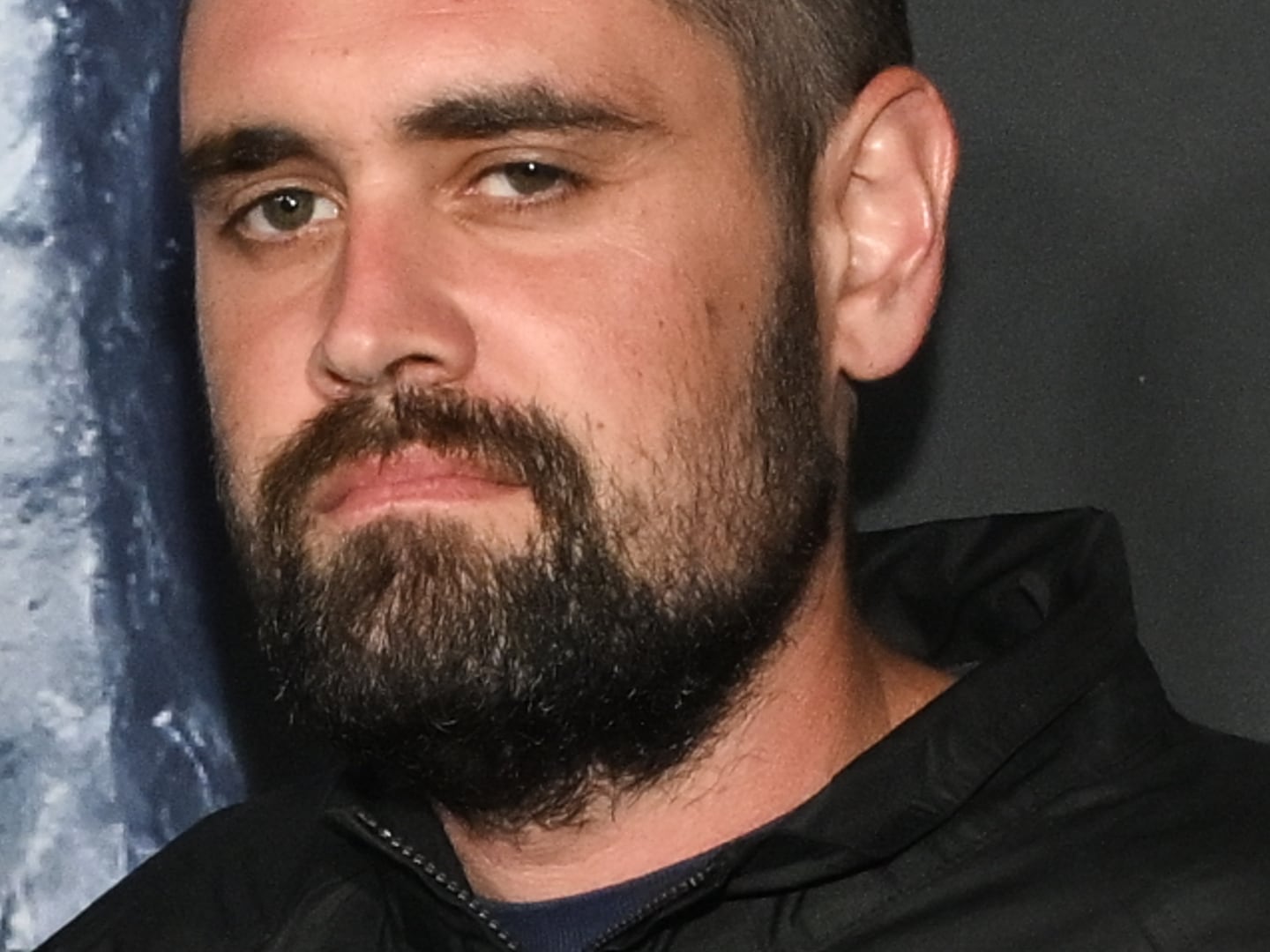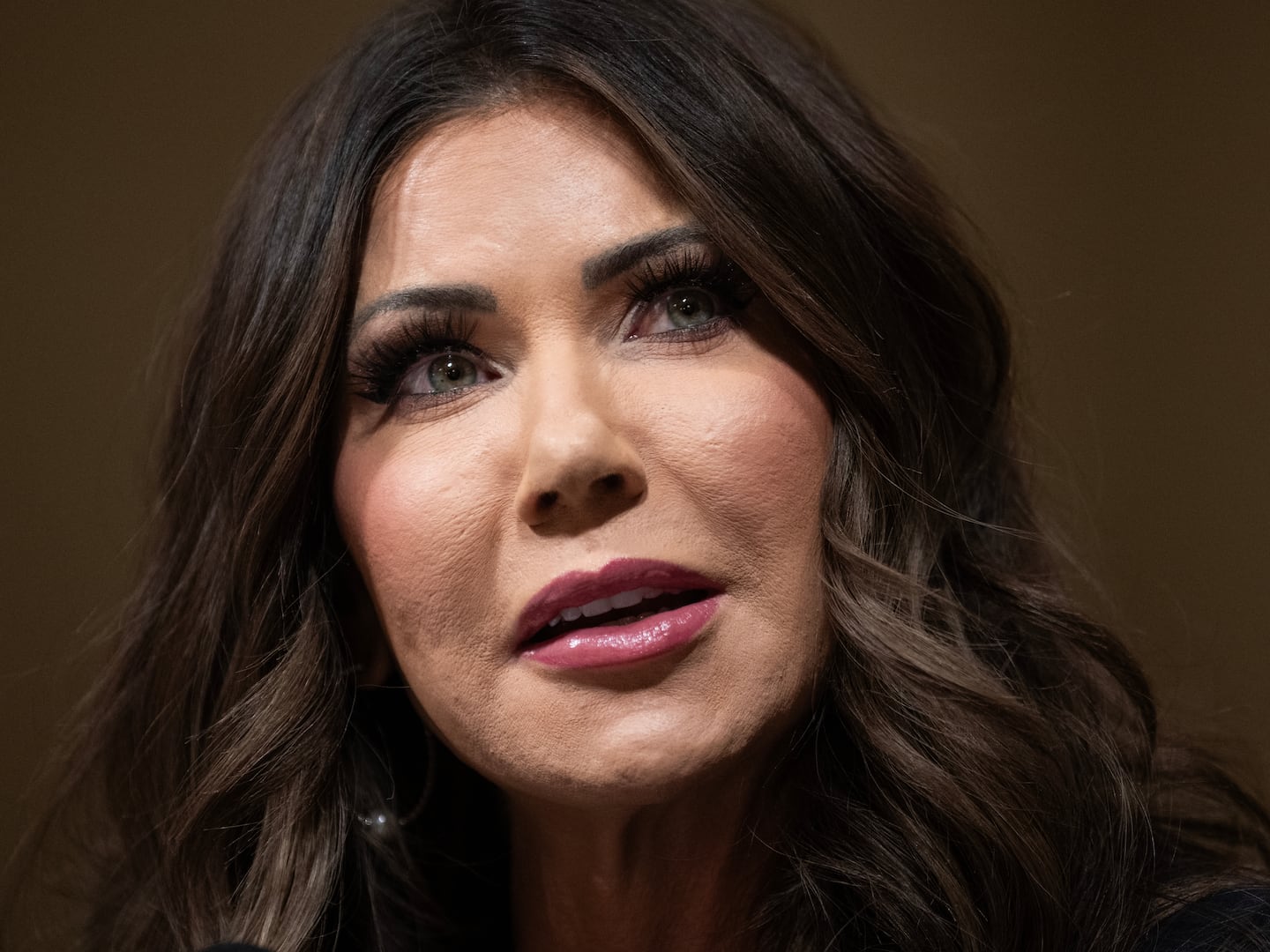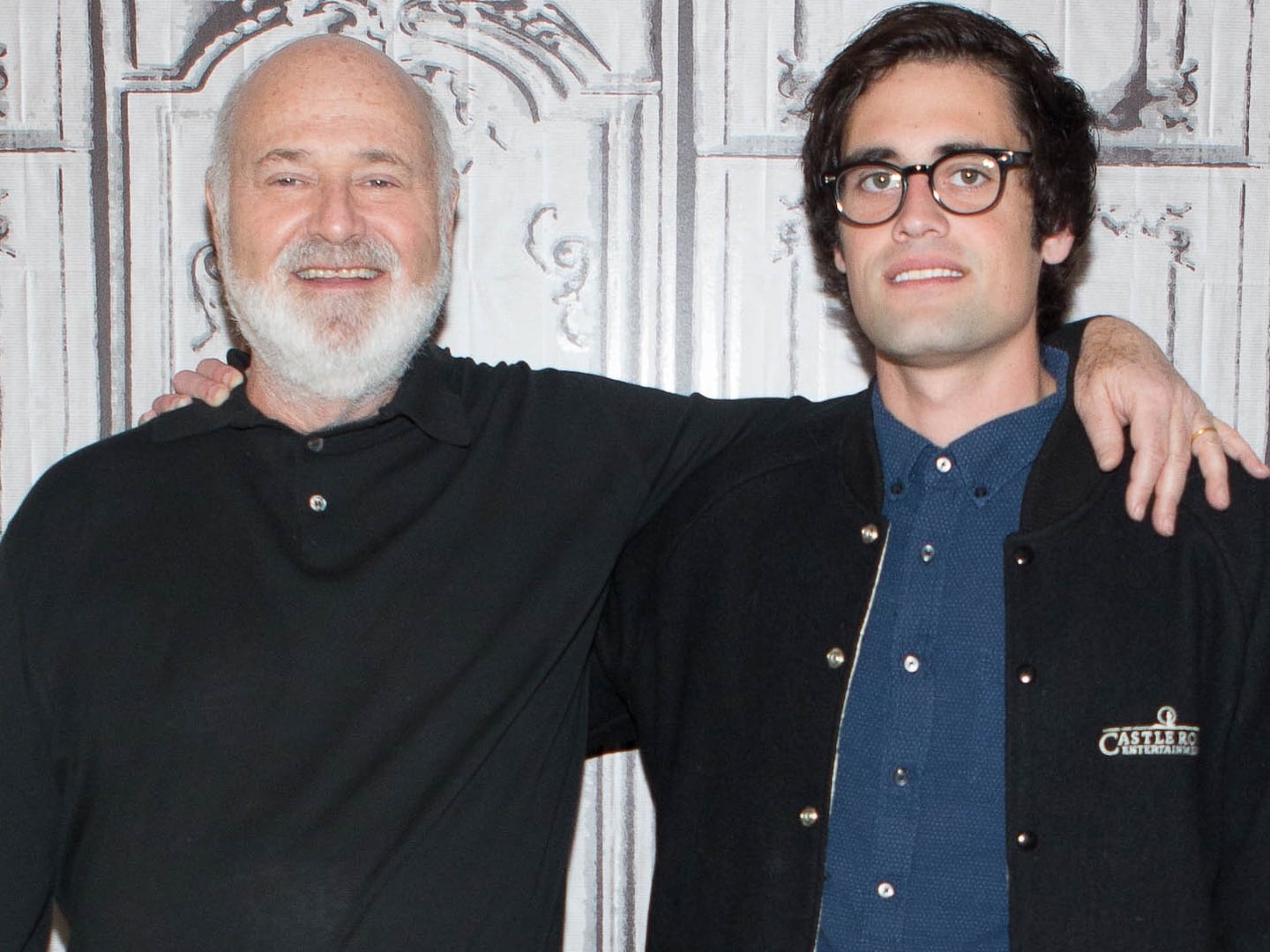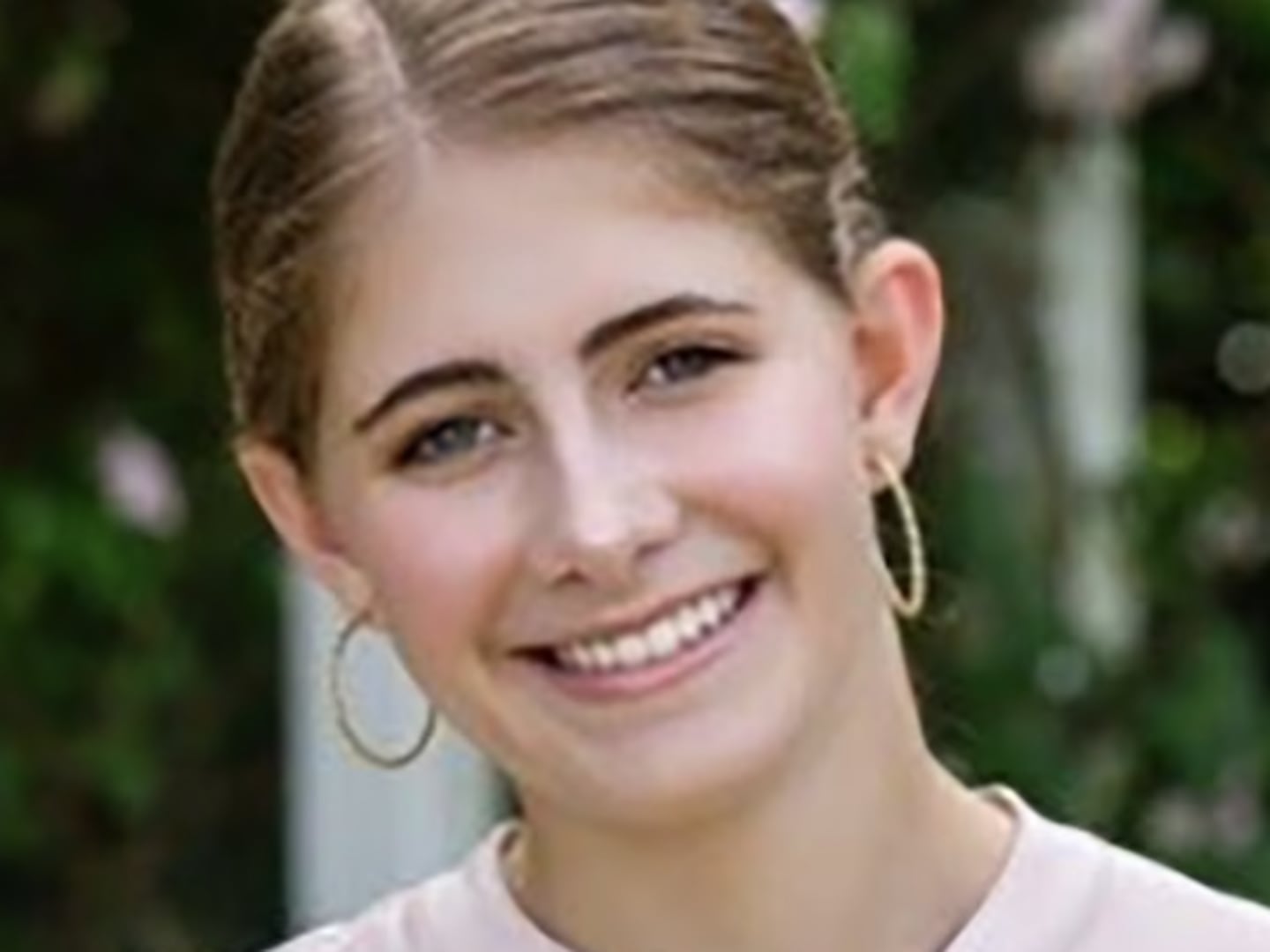In the United States, bisexual people comprise over half of the LGBT community, according to estimates from the Williams Institute. Gallup data shows that bisexual people, especially bisexual women, are coming out in droves.
But even a cursory glance can tell you that bisexual people aren’t getting anywhere close to half of the mainstream media coverage.
In 2017, The New York Times tweeted the word “bisexual” seven times and the word “gay” well over a hundred times. And a Google search on The New York Times domain found only a few instances of the words “bi” or “bisexual” in headlines from last year, not counting the acronym LGBT: an article about a fan petition asking for Gal Gadot’s Wonder Woman to be bisexual in the sequel, a self-help article about coming out, and a fashion slideshow.
The other two papers with the highest circulation, USA Today and The Wall Street Journal, didn’t fare much better on these simple benchmarks.
USA Today’s Twitter account never used the word “bisexual” in 2017 and, in fact, has only tweeted the term 10 times this decade. A Google search shows that singer Aaron Carter’s coming out got the word into USA Today headlines in 2017, as did a Palm Springs city councilor who came out as bisexual, but these bi-specific stories were far outnumbered by other LGBT coverage.
The Wall Street Journal’s Twitter account has apparently used the term “bisexual” twice: once in 2013 and again in 2014. Good luck finding a 2017 Wall Street Journal headline with the word “bisexual” in it: A Google search returned no such results, while “LGBT,” “gay,” and “transgender” all produced hits.
It’s not as if 2017 was an uneventful year for the bisexual community. Apart from the moment when Twitter briefly filtered out search results for the hashtag #bisexual—the story which seemed to draw the most mainstream news coverage—it was a year when a large number of celebrities and musicians came out as bisexual, including Carter, hip-hop artist Lil Peep, TV star Keiynan Lonsdale, pop singer Lights, YouTuber Elle Mills, Riverdale actress and Stranger Things favorite Shannon Purser, Arrested Development and Search Party star Alia Shawkat, and more.
As Vox and other outlets noted, bisexual representation in pop culture made huge strides, especially with the coming-out story of Detective Rosa Diaz on a multi-episode arc of Brooklyn Nine-Nine.
The year also revealed demographic shifts that will only make bisexual issues harder to ignore in the coming years: In September, as The Advocate summarized, a BBC-commissioned poll found that 9 percent of British 16-to-22-year-olds identify as bisexual. That finding comports nicely with surveys of Generation Z in America, which show that fewer and fewer young people are seeing themselves as heterosexual.
Indeed, as we enter 2018, the gap between an increasingly bisexual younger generation and a traditional media environment that has hardly seemed to notice them is only growing more apparent. But why has that gap been so persistent up to now? The answers are both frustratingly simple and sociologically complex.
For one, the media has continued to erase bisexual people on the mere level of terminology and journalistic style.
Several papers, The New York Times included, still use phrases like “gay rights” for fights that affect the LGBT community more broadly.
For example, when it came to reporting on the Masterpiece Cakeshop Supreme Court case, the newspaper of record’s headline was “Justices Sharply Divided in Gay Rights Case” even though the case has far-reaching implications affecting anyone whose sexual orientation is anything other than straight.
Bisexual people enter same-sex marriages, too, and the Masterpiece Cakeshop ruling is just as consequential for that subgroup of bisexual people as it is for gay men and lesbians.
In addition,“gay and transgender” remains a common mainstream media parlance for the acronym LGBT even though, ironically, LGBT is much shorter.
You can find recent references to “gay and transgender” issues in USA Today and The Guardian, in The New York Times, and the Chicago Tribune—all in cases where bisexual people would be implicated as well.
This often happens even when the article itself explicitly mentions bisexual people. For example, a May 2017 Times article about health care providers gathering data on their patients’ sexual orientation bore the headline “Gay and Transgender Patients to Doctors: We’ll Tell. Just Ask.” But in the article itself, the word “bisexual” is used six times.
Given that the Williams Institute estimates that bisexual people are 1.8 percent of the U.S. population compared to 1.7 percent of American adults who are gay or lesbian, using the term “gay and transgender” when you actually mean LGBT is akin to addressing everyone on the planet as “gentlemen”: Both forms of address erase a slight majority of the overall group.
But when it comes to issues of coverage and editorial decision-making, bisexual erasure becomes more complicated than acronyms and shorthands.
Even though bisexual people outnumber gay men and lesbians, they are much less likely to be out to “all or most of the important people in their lives,” according to Pew Research Center data.
Pew found in 2013 that 28 percent of bisexual people—compared to over 70 percent of gay men and lesbians—were out to their inner circle.
Much of this disparity can be attributed to the unique forms of stigma that bisexual people face, both from heterosexual people, and from within the LGBT community.
As a 2016 PLOS One study noted, a nationally representative 2002 study on social attitudes about a wide range of different groups found that only injection drug users were seen in a worse light than bisexual people. (The PLOS One study found that attitudes toward bisexual people have since improved from “negative” to “neutral,” but it’s certainly telling how deep of a hole bisexual people started in when it comes to social approval.)
All of this means that reporters, myself included, have to look much harder for stories about bisexual people than we do for stories about gay men, lesbians, or even transgender people. It also means that we have to deal with sources who may need to remain anonymous for fear of the social consequences of being outed as bisexual.
When I produced a feature on bisexual men for another outlet early in 2017, for example, some men were willing to be identified by their full name while many others requested that I use their first name only, and still others were only comfortable with their interviews being used to provide background detail. But even though anonymity was an issue, I had no trouble finding interviewees: Dozens of men reached out to me, based on a single request for comment.
So yes, bisexual people are out there in their droves; the media simply needs to do its job finding them this year, and reporting on their many and varied lives and experiences.


